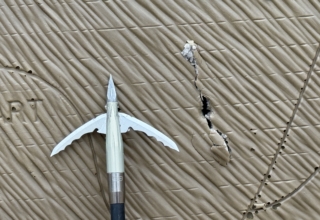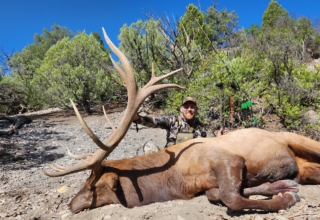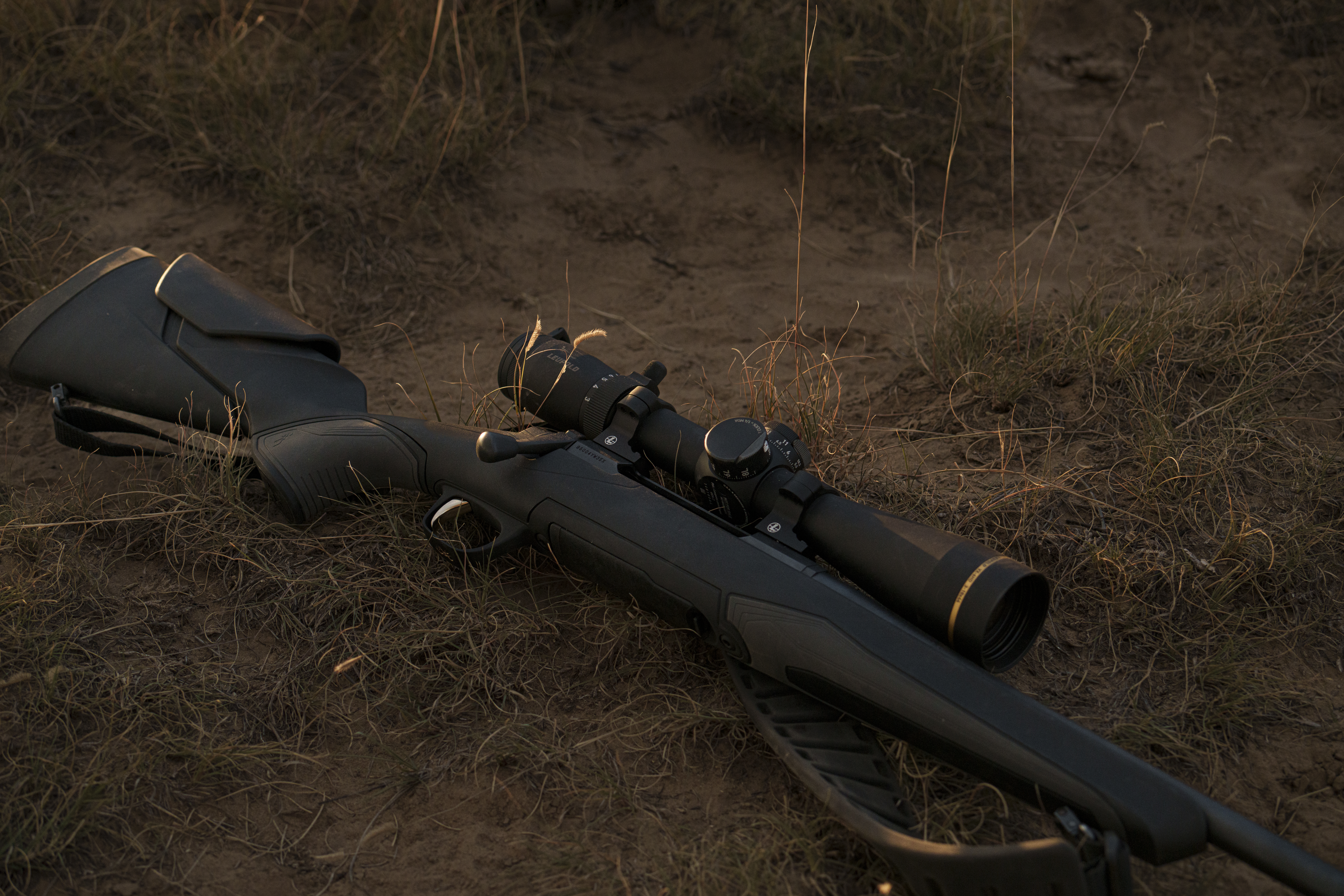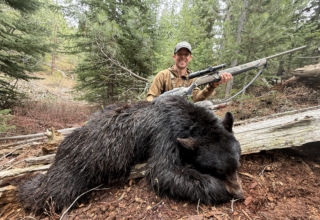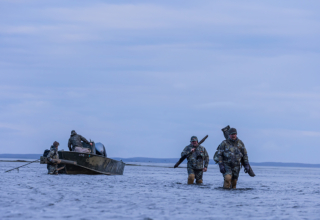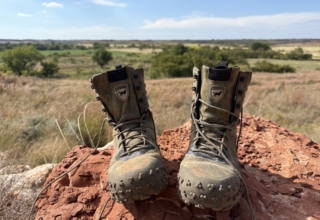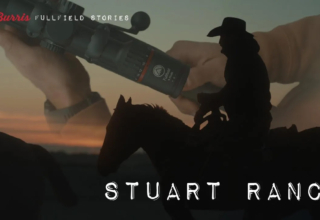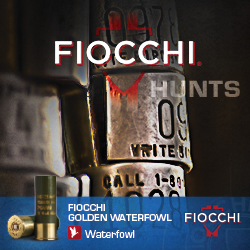Irish Setters’ 8-inch-tall VaprTrek boots are durable, comfortable, and offer an athletic fit and feel that is beyond compare.
by Jace Bauserman
Some people collect baseball cards, others trusty bolt-action rifles. As for me, I collect boots. It’s not on purpose. I’s an addiction , and one I do want to break. The reason I have so many boots is that, after years of field-testing them in the most rugged environments possible, I’ve yet to find the “perfect” pair. Have I tested some amazing ones? Absolutely. In fact, I find myself buying less and less these days, which makes my wife extremely happy.
My last pair of Zamberlan Baltoro Lite GTX RR’s were my all-time favorite. I wore the boots from the Rockies to New Zealand’s McKerrow Mountain Range, and then to Africa’s Eastern Cape. They are exceptional boots. Currently, I’m putting Meindl’s Air-Revolution Alpine 1.5 Light Hiker to the test, and though I’ve logged much fewer miles in these boots than my Baltoro Lites, they are proving excellent. In fact, these two boots, along with my Kenetrek Mountain Extreme boots, have formed a winning trio.
Recently, I put Irish Setters VaprTrek to the test. Now, there are four hunting boots in my trusted roam-anywhere collection, and with each wear, these 8-inch-tall boots are quickly climbing toward the top of my list.
VaprTrek: The Build
Available in insulated and uninsulated options, the all-new Irish Setter VaprTrek sports a sweet-looking, durable camo leather with a tight lacing system. Irish Setter also added rubber wrap-up to provide increased durability in high-wear areas. The AramTec heel protection further boosts abrasion resistance.
The leather is soft and durable, and according to Irish Setter, it’s 100 percent waterproof. More to come on this. The leather is crafted at the Irish Setter facility in Red Wing, Minnesota.
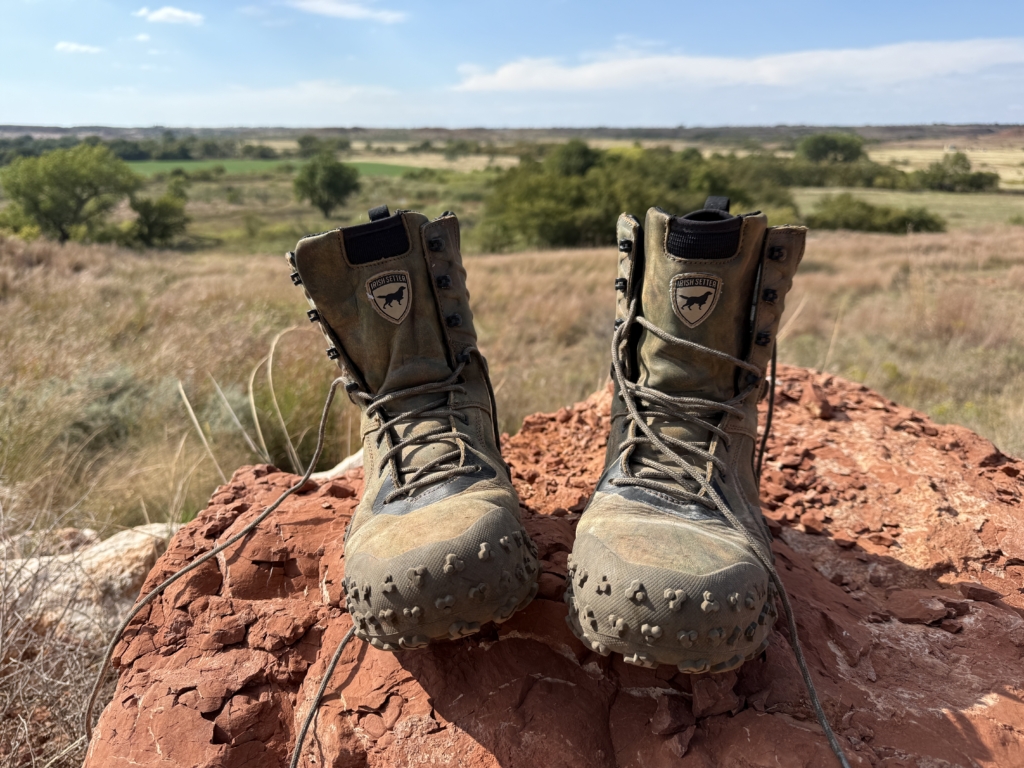
The boots’ outsole is unique. Dubbed Hex Lite, it’s dotted with triangular clusters that should effectively grab the terrain. A CuShin tongue minimizes pressure on the shin, and Irish Setter added ScentBan, an exclusive scent-control feature.
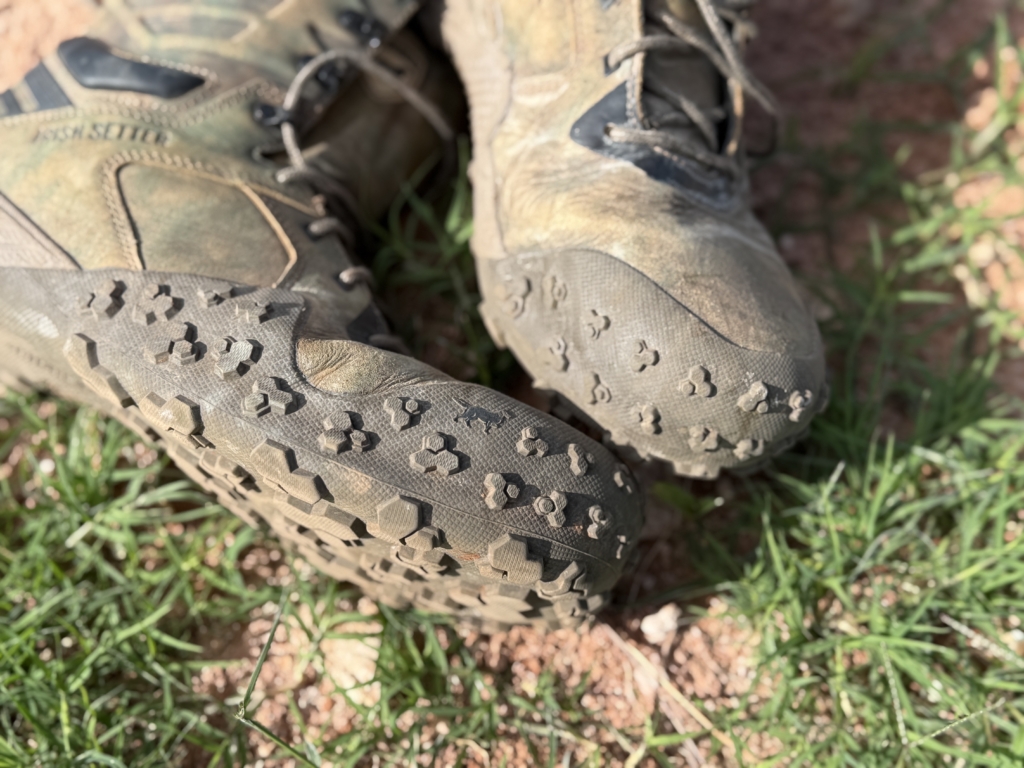
One of the first things I noticed when handling the boots was their lightweight nature. While this reflects the entire build of the boot, Irish Setter did add a high-rebound sugarcane EVA midsole that further reduces weight. Midsole design is critical. The layer between the insole and the outsole in a quality boot will add cushioning and support while maximizing shock absorption.
VaprTrek First Impressions
I’m a trial-by-fire boot guy. Boots like those mentioned earlier in this article require no break-in period. For this reason, I’ve grown accustomed to putting on a new pair of boots and hitting the woods. This is what I did with my VaprTreks.
I have an all-time favorite pair of trail running shoes—shoes I’ve run three 100-mile ultramarathons in. The initial feel of the VaprTreks when you first slide your feet in and lace them up reminds me of these shoes. They are one of the most athletically fitting boots I’ve ever put on. They felt spongy, like I could go for a run, and were remarkably flexible. The spongy feel and flexibility were welcomed, but were also a concern. I was worried that a combination of cactus, canyon rocks, etc. would wear out the outsoles and reduce foot support.
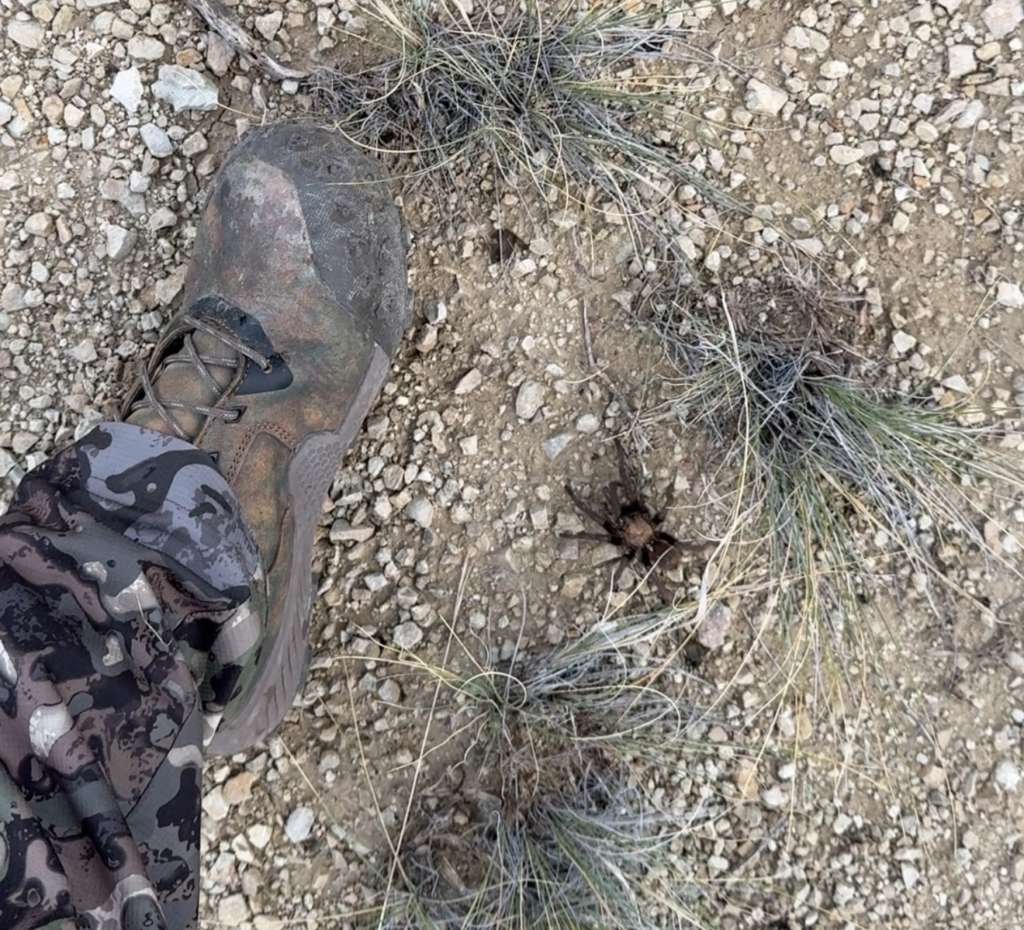
That day, I walked 12.36 miles according to my Garmin Instinct 3 through sage flats, across cactus-riddled prairie, and up and down rocky canyons. I didn’t get a single hot spot. The outsole held up and provided remarkable traction, and though flexible, I never rolled an ankle or had any support issues.
At first glance, it appears Irish Setter got it right, but first impressions can be deceiving.
The following day, I tackled the same terrain in a different elk spot. Two days later, I slithered across the prairie like a snake with my youngest son Brody, who made a crack shot on a 364-yard pronghorn.
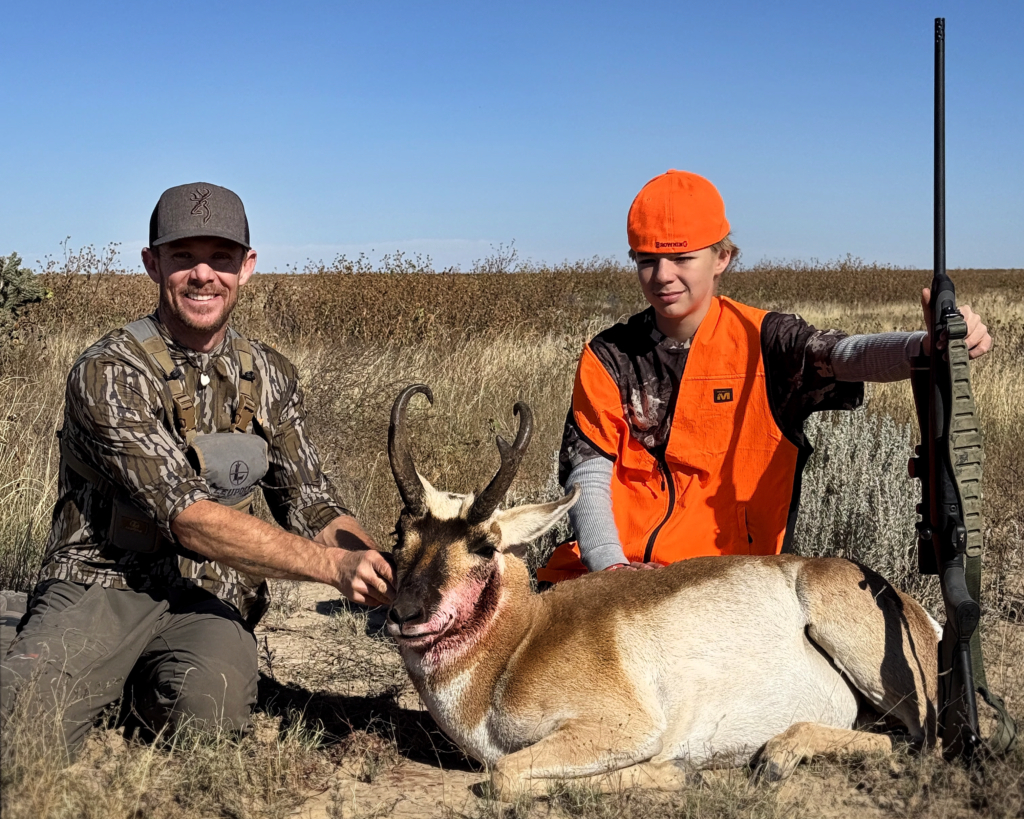
Guess what?
The boots held up. Cactus needles didn’t penetrate the Trout Brook Leather, and Irish Setter’s ArmaTec, a technology engineered to be incredibly durable and abrasion-resistant, proved its worth. The boots’ combined three-day mileage was a measured 31.62 miles. My feet felt great! I had zero shin splints or issues with my calves and knees. If you wear boots and your shins and knees hurt, you’ve got a poorly built boot.
Best of all, the boots keep their athletic feel. They feel like a good pair of broken-in running shoes and let you traverse the landscape quickly. If you put a premium on being able to spot game animals and quickly close the distance to those animals, these are an excellent boot choice.
Waterproof?
August and September were excellent. My two boys and I were blessed to harvest several animals. However, the only thing constant in this world is change, and the flipping of the calendar from September to October means a focus on white-tailed deer.
For the VaprTreks waterproof test, I decided to wear the leather boots and not my traditional rubber boots to cross the Arkansas River. The river separates two sections of my hunting lease, and its current and depth would be an excellent test.
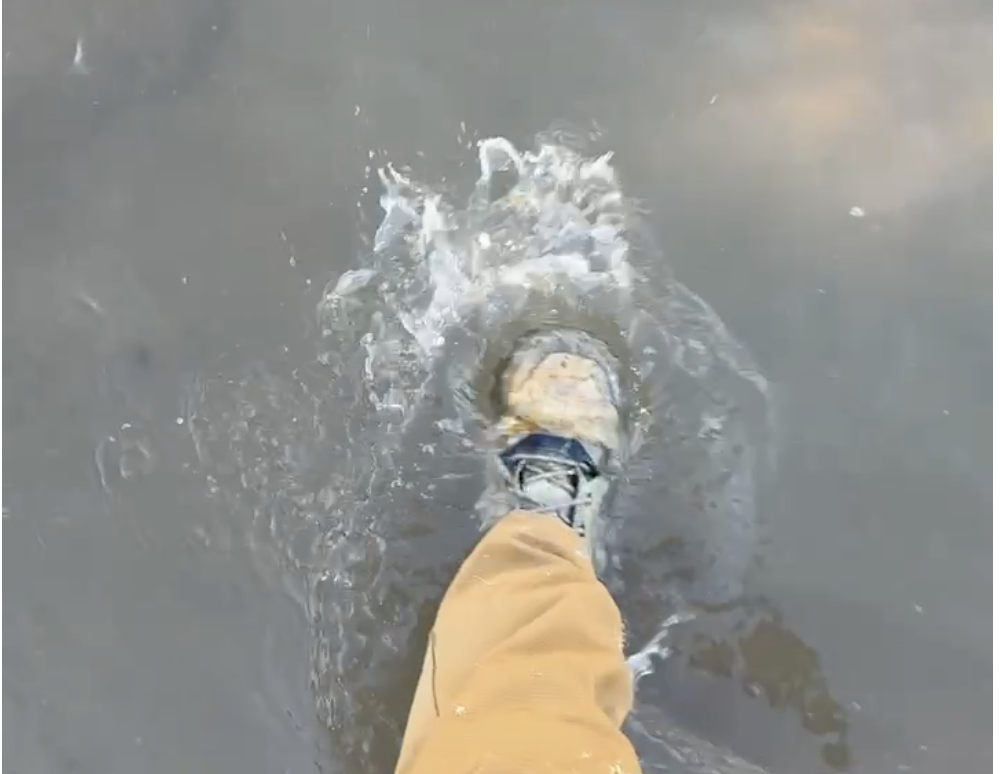
I crossed the 6-inch-deep river twice, and after hanging two stands and setting two trail cameras, my socks and feet were completely dry.
Currently, I’m in western Oklahoma, hunting whitetails and using the 8-inch-tall VaprTreks to navigate the red hills, creeks, and fields in this part of the whitetail world. The boots are, as expected, holding up brilliantly. My only two complaints are that a single, stout cactus thorn penetrated my ankle, and that the leather on the right boot, just behind the toe box where the boots flex as you walk, has worn grooves. When those grooves get wet, they retain moisture but don’t leak. However, the leather does take a long time to dry.
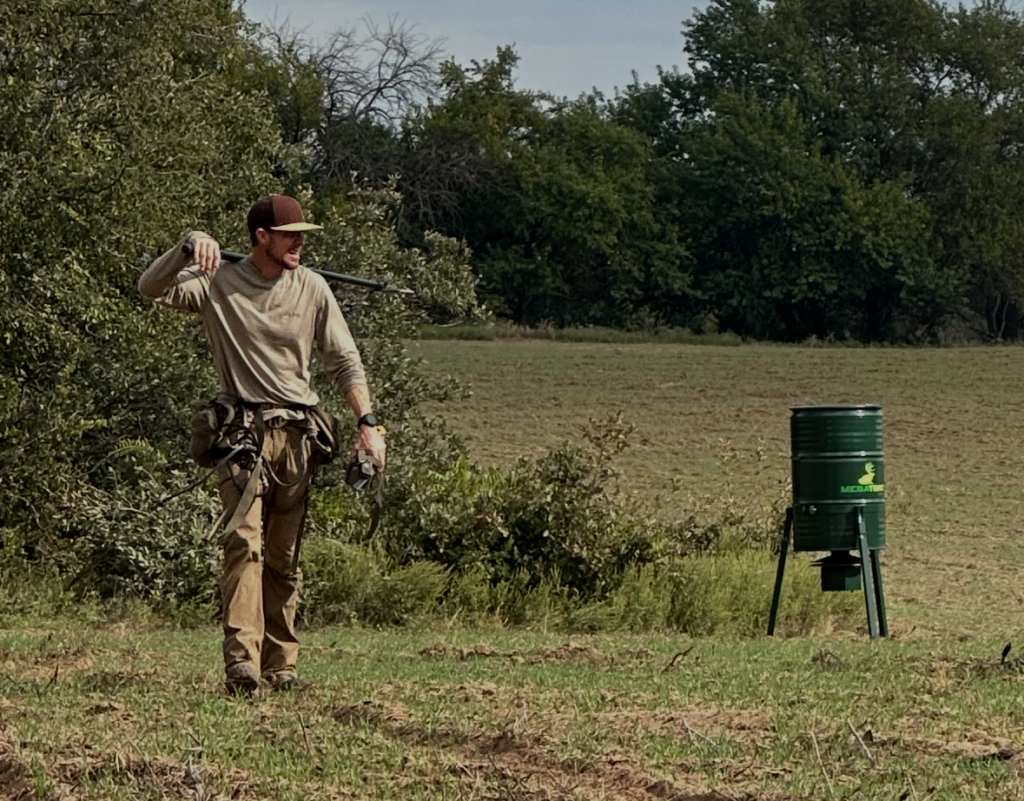
Final Thoughts
Two weeks and many miles in, and Irish Setter’s VaprTrek boots have climbed my boot ladder. They are for sure in my top-four all-time favorites, and I plan to keep testing the uninsulated pair until temps start to dip, then switch to the 400 Gram PrimaLoft insulated models. Aside from having insulation, the insulated boots mirror the non-insulated boots.


